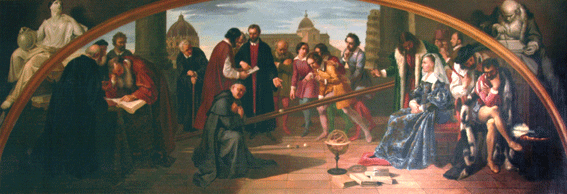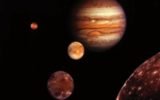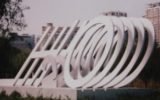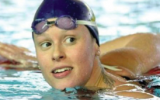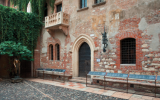The Equisite Experimentalist: Galileo’s penchant for live “trials” of his ideas inspires the author to do the very same
by Paolo PALMIERI
When Galileo Galilei was a student at the University of Pisa in the 1580s, physics was a loose bundle of ideas inherited from the Greeks, mostly from the philosopher Aristotle, via the mediation of the Latin Middle Ages. Projectiles keep going after being released by their projectors because air keeps pushing them for a while, as the most in vogue theory of the time would have it (though there were variations). Theirs is a violent motion. Heavy things fall downwards because the centre of the earth is the natural place for them to achieve their natural state of rest. Theirs is a natural motion. Pendulums are constrained motions. Is the motion of a pendulum violent or natural? Why does it turn back after reaching a summit? Why do violent motions such as those of cannon balls cease? These were the questions a professor of physics would investigate at that time.
